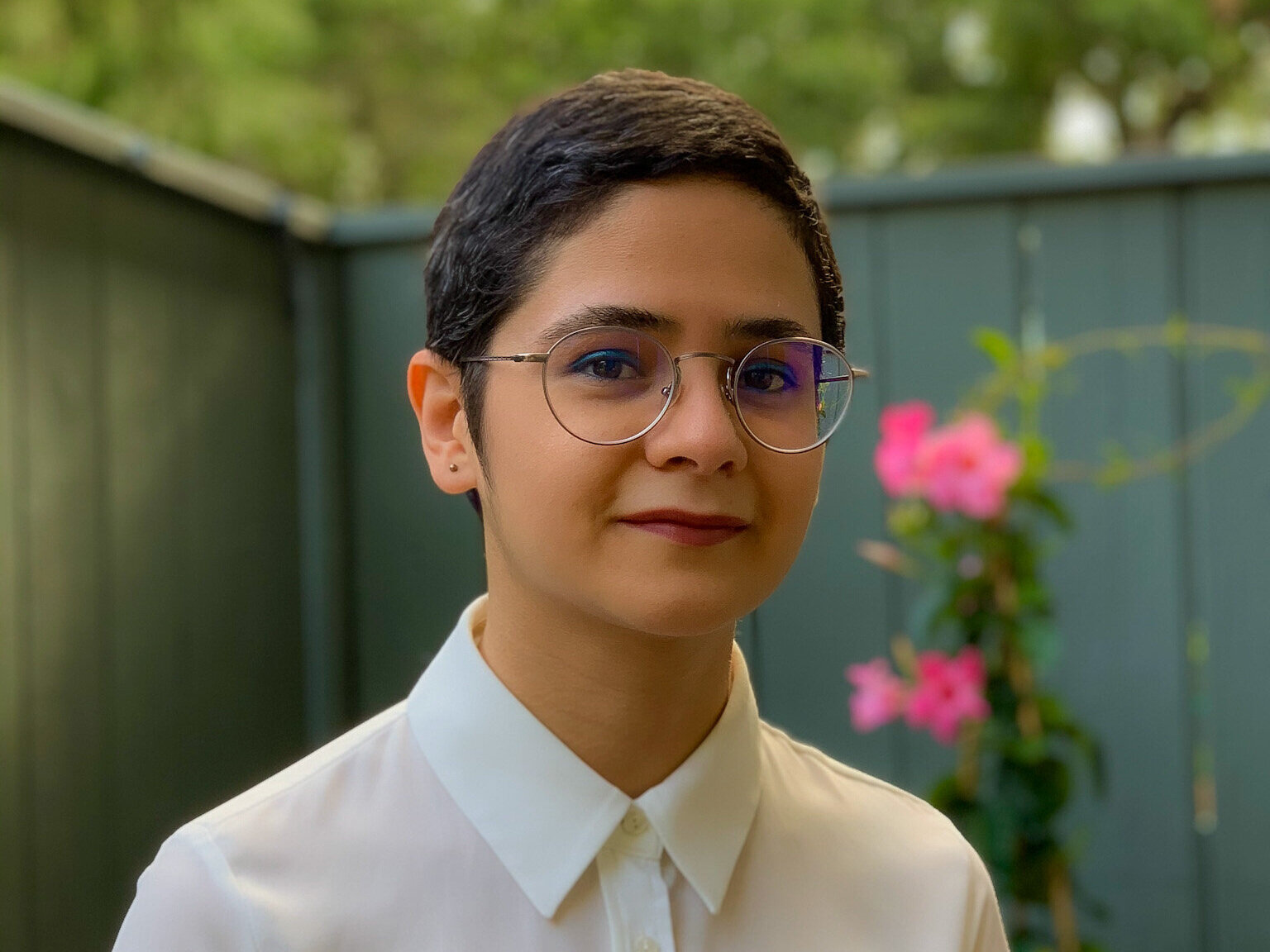Reflections on the Tidriks Distance Learning Program
written by Aida Shirazi
Bahlest Eeble Readings Cycle 11 Fellow, Composing Earth Cohort II Fellow
September 2021
I was one of the composers of GLFCAM’s Bahlest Eeble Readings in 2019 and felt exhilarated to work with some of the most talented musicians of my generation under the mentorship of Gabriela, Tony Arnold, and Manuel Barrueco in the eleventh cycle of the program. Our first round of workshops happened in Boonville in November 2019, but alas the Covid pandemic didn’t allow for the second round and our world premiere performance to happen in April 2020. Nevertheless, my friendship and affiliation with GLFCAM has been ongoing ever since.
Over the years, I have attended several workshops by composers, instrumentalists, and singers. Of course, many of these workshops have been extremely influential in shaping my understanding of the technical and expressive possibilities of the instruments; they have helped me become a better composer, and I continue to learn from such workshops whenever I get the opportunity to attend one.
Last year, I was invited by Gabriela to attend the Tidriks Distance Learning program for flute, under the mentorship of Ray Furata and Nathalie Joachim as an active participant. I was generously accepted to the countertenor practicum, mentored by César Aguilar. I did learn a lot about the flute and the countertenor voice, but there was more than just technical advice, typical dos and don’ts, and constructive feedback on my sketches. In order to share my greatest takeaways, I should take a few steps back.
Over a decade ago, I left my home country, Iran, and for the better part of the decade, the United States has been my home. This country and its new music community continue to give me so much more than I could think of. I can see that we have realized the urgency of reforming our industry. I can see that we strive for equity, fairness, and diversity. And the Tidriks Distance Learning program is a perfect embodiment of this change. As I mentioned earlier in this note, I learned great, new things about the flute and countertenor voice, but I have never attended any workshops with as much multiplicity in musical backgrounds, aesthetic preferences, compositional languages, and ways of thinking about music and its surrounding topics. The latter intrigued a wide array of thought-provoking questions that ranged from technical to philosophical ones and were welcomed in the safe and welcoming space created by Gabriela and her staff. This space continues to cultivate ideas and conversations that may not be brought up as readily in a different environment. As a former student and teacher, every time I think about my past experiences in a formal or informal classroom setting, the ones at Tidriks practicums stand out as some of the most positively influential ones. I keep telling myself that if I go back to teaching again, I want my classroom to be like this! I want to be part of a dynamic community that allows everyone to learn from each other and feel valued! I want to give everyone the assurance that they bring something worthy to the table because their life experiences are unique and precious!
P.S. If you have not attended a Tidriks practicum before and are planning to do so, here is my friendly advice: Prepare yourself for tackling some big topics! Get ready to think about not only music, but also your life and responsibilities as a musician and citizen of the world. There might not be a final answer to some of the questions, but they can give you and our work meaning and direction. You will be a different person after each practicum!
Born and raised in Tehran, Iran, Aida Shirazi is a composer of acoustic and electroacoustic music. Shirazi’s music is described as”unfolding with deliberation” by The New York Times, “well-made” and “affecting” by The New Yorker, and “unusually creative” by San Francisco Classical Voice. In her works for solo instruments, voice, ensemble, orchestra, and electronics she mainly focuses on timbre for organizing structures that are often inspired by Persian or English languages and literature, as well as Iranian classical music.
Read More
